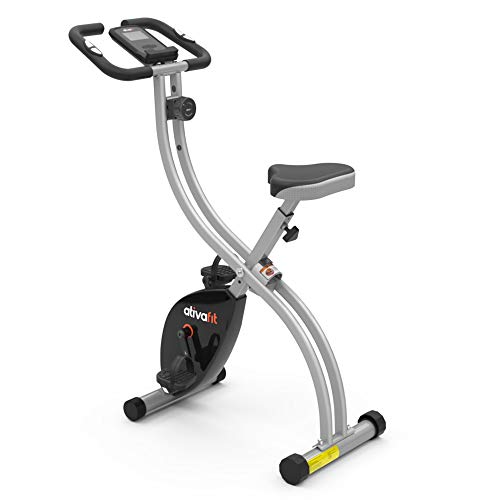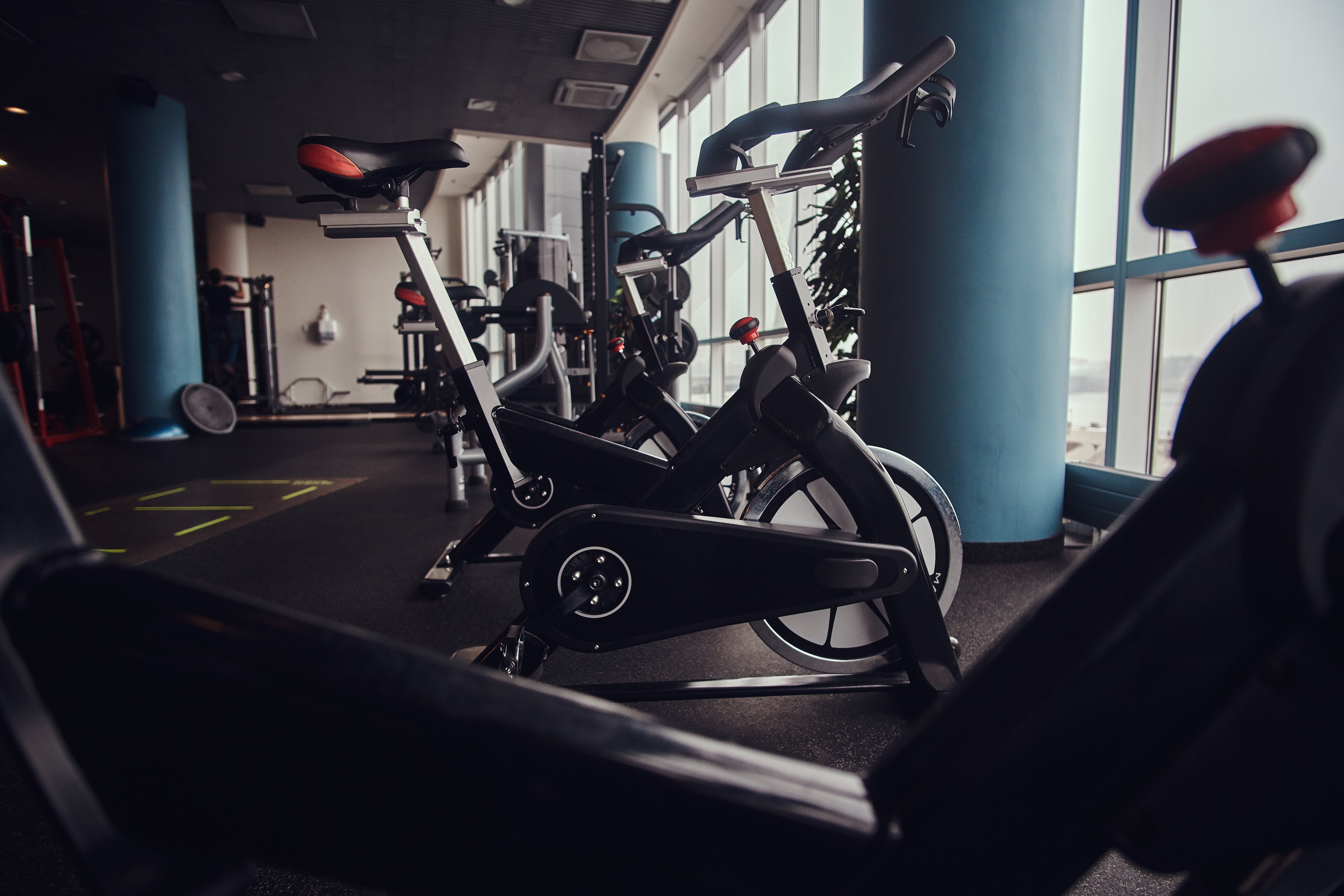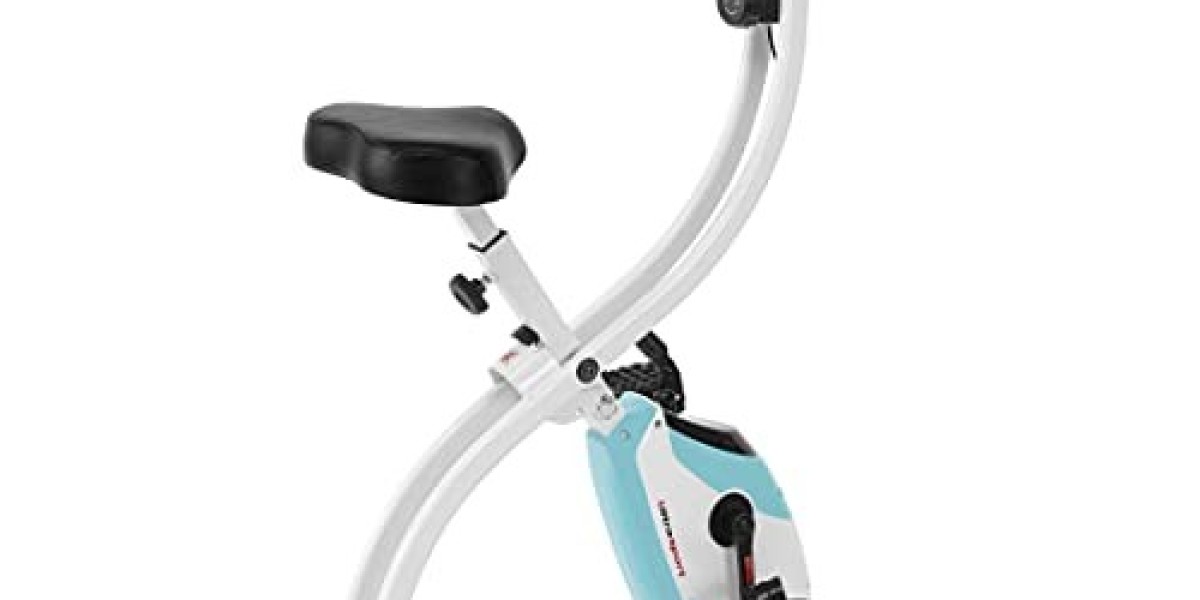In the fast-paced world of today, maintaining a healthy lifestyle can be challenging, especially when balancing work, family, and personal commitments. One effective and convenient solution is to invest in a home exercise cycle. These machines offer a low-impact, high-reward workout that can be easily integrated into daily routines. This guide aims to provide a comprehensive overview of home exercise cycles, helping readers make informed decisions and maximize their fitness benefits.
Introduction to Home Exercise Cycles
An exercise cycle, also known as a stationary bike or indoor cycle, is a piece of fitness equipment designed to mimic the experience of outdoor cycling. These cycles provide a cardiovascular workout that is gentle on the joints, making them ideal for individuals of all fitness levels. Home exercise cycles come in various forms, each with unique features and benefits, catering to different needs and preferences.

Types of Home Exercise Cycles
Upright Bikes
- Description: Resemble traditional bicycles and are the most common type of home exercise cycle.
- Benefits: Great for those who want a full-body workout, as they engage both the upper and lower body.
- Drawbacks: May cause discomfort for individuals with back or neck issues due to the upright position.
Recumbent Bikes
- Description: Feature a reclined seating position and a backrest, providing more support.
- Benefits: Ideal for individuals with lower back pain or mobility issues; offers a comfortable and low-impact workout.
- Drawbacks: May not provide as vigorous a workout as upright bikes.
Spin Bikes
- Description: Designed to simulate the experience of riding a road bike in a spinning class.
- Benefits: High-intensity workouts; often used for interval training and can be very effective for weight loss and building endurance.
- Drawbacks: More expensive and require more space compared to upright and recumbent bikes.
Smart Bikes
- Description: Connected to the internet, offering interactive workouts and personalized training programs.
- Benefits: Access to a variety of classes and real-time performance tracking; great for motivation and goal setting.
- Drawbacks: Higher cost and potential for technical issues.
Factors to Consider When Choosing a Home Exercise Cycle
- Budget: Determine how much you are willing to spend. Prices can range from a few hundred dollars to several thousand.
- Space: Measure the area where you plan to place the bike to ensure it fits comfortably.
- Fitness Goals: Consider whether you want to focus on weight loss, endurance, or general fitness.
- Comfort: Test the bike seat and handlebars to ensure they are comfortable for extended use.
- Resistance Types: Look for bikes with resistance options that match your workout preferences (e.g., magnetic, friction, or air resistance).
- Additional Features: Some bikes come with features like heart rate monitors, display screens, and built-in workout programs.
Setting Up Your Home Exercise Cycle
Choose the Right Location
- Ensure the space is well-ventilated and has a stable, flat surface.
- Place the bike near a power outlet if it requires electricity.
- Consider a mat or non-slip surface to prevent the bike from moving during use.
Adjust the Bike for Comfort
- Seat Height: Adjust the seat so that your legs are almost fully extended at the bottom of the pedal stroke.
- Handlebar Position: Position the handlebars to a height that feels comfortable and supports good posture.
- Saddle Angle: Tilt the saddle slightly forward or backward to reduce pressure on sensitive areas.
Connect to Power and Internet (if applicable)
- For smart bikes, ensure they are connected to a power source and the internet for optimal functionality.
- Test the bike's connectivity and software to ensure everything is working correctly.
Tips for Effective Workouts
Warm-Up and Cool Down
- Spend 5-10 minutes warming up before your main workout to increase blood flow and reduce the risk of injury.
- Cool down for 5-10 minutes after your workout to gradually lower your heart rate and stretch your muscles.
Vary Your Workouts
- Incorporate different types of workouts, such as steady-state cardio, interval training, and strength training.
- Use resistance settings to challenge different muscle groups and avoid plateaus.
Stay Hydrated
- Keep a water bottle nearby to stay hydrated throughout your workout.
- Consider a water bottle holder on the bike for easy access.
Track Your Progress
- Use the bike's built-in display or a fitness app to track your performance and set goals.
- Regularly review your progress to stay motivated and adjust your workouts as needed.
Create a Routine
- Set a consistent schedule for your workouts to make them a part of your daily routine.
- Consider integrating other forms of exercise for a well-rounded fitness program.
Maintenance and Care
Regular Cleaning
- Wipe down the bike after each use to remove sweat and bacteria.
- Clean the bike thoroughly with a damp cloth and mild detergent once a month.
Lubrication
- Lubricate moving parts, such as the chain (for spin bikes), to ensure smooth operation.
- Follow the manufacturer's guidelines for lubrication frequency.
Check for Wear and Tear
- Regularly inspect the bike for signs of wear and tear, such as loose bolts or damaged parts.
- Replace any worn-out parts promptly to avoid breakdowns.
Store Properly
- If possible, store the bike in a cool, dry place to prevent rust and damage.
- Cover the bike when not in use to protect it from dust and debris.
FAQs
Q: Are home exercise cycles suitable for all fitness levels?A: Yes, home exercise cycles are suitable for individuals of all fitness levels. They offer adjustable resistance settings to accommodate beginners to advanced users, making them a versatile choice for any fitness goal.
Q: How much space do I need for a home exercise cycle?A: The space required varies depending on the type of bike. Upright bikes typically need a 3 x 5-foot area, while recumbent bikes require a bit more space due to their reclined position. Spin bikes and smart bikes may need additional space for classes and connectivity.
Q: Can I use a home exercise cycle for weight loss?A: Absolutely. Home exercise cycles provide excellent cardiovascular workouts that can help burn calories and aid in weight loss. Combining cycling with a balanced diet and other forms of exercise can yield significant results.
Q: Are smart bikes worth the extra cost?A: Smart bikes are worth the investment if you value interactive workouts and real-time tracking. They offer a more engaging and personalized experience, which can be highly motivating. However, if you prefer a simpler, more traditional workout, a standard upright or recumbent bike might suffice.
Q: How often should I maintain my home exercise cycle?A: It is recommended to perform basic maintenance, such as cleaning and lubrication, after every 10-15 uses. Conduct a more thorough inspection and check for wear and tear once a month.
Q: Can I use a home exercise cycle for rehabilitation?A: Yes, many physical therapists recommend using a home exercise cycle for rehabilitation, especially for lower body injuries. The low-impact nature of cycling can help improve joint mobility and strengthen muscles without putting excessive strain on the body. Always consult with a healthcare professional before starting a new exercise regimen.

Conclusion
Investing in a home exercise cycle is a smart choice for anyone looking to improve their fitness and maintain a healthy lifestyle. Whether you are a beginner or a seasoned athlete, these machines offer a range of benefits and can be tailored to suit your specific needs. By considering the factors outlined in this guide and following the tips for effective workouts and maintenance, you can make the most of your home exercise Cycle for home cycle and achieve your fitness goals.
Additional Resources
- Fitness Apps: Explore apps like Peloton, Zwift, and Nike Training Club for additional workout ideas and motivation.
- Online Communities: Join cycling groups on social media platforms to connect with other enthusiasts and share tips and experiences.
- Professional Guidance: Consult with a fitness trainer to create a personalized workout plan and ensure you are using the bike correctly.
By integrating a home exercise cycle into your routine, you can enjoy the benefits of cycling in the comfort of your own home, making fitness more accessible and convenient than ever before.






